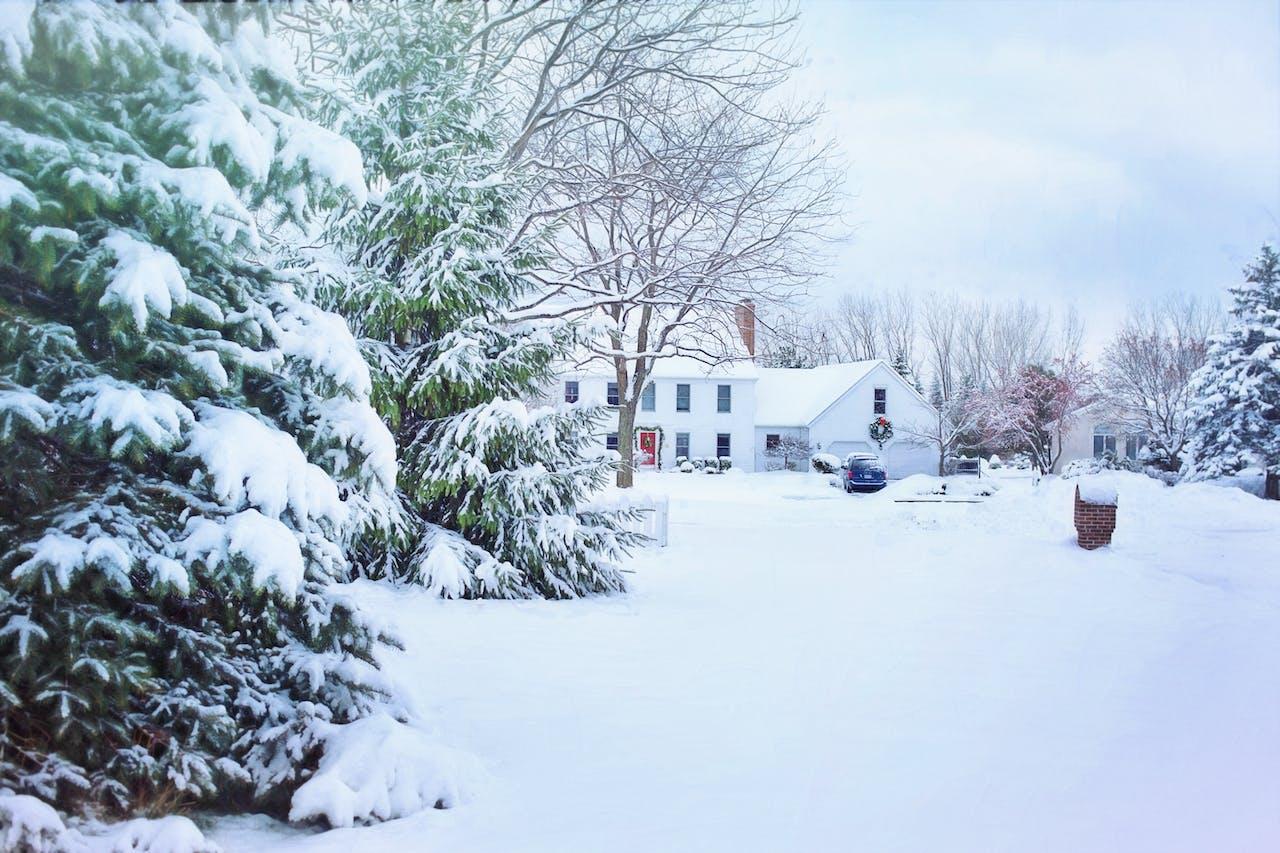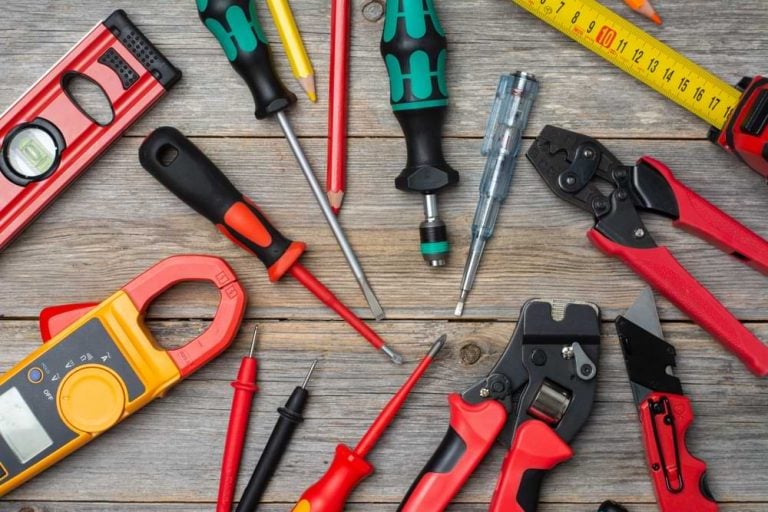Essential Steps to Prepare Your Home for Winter

Table of Contents
Winter can be a challenging time for both homeowners and their homes. As temperatures drop and snow begins to fall, it’s essential to ensure your home is safe, warm, and energy-efficient. Don’t let winter sneak up on you; follow our handy guide on preparing your home for the cold months ahead.
Inspect and Clean Your Heating System
Ensure your furnace or boiler is in good working order by scheduling an annual inspection and cleaning. This will not only keep your home warm and energy-efficient but also prolong the lifespan of your heating system. Remember to change furnace filters regularly and remove any obstructions to improve air quality and circulation in your home. If you are a Maryland resident, you can consider enlisting the help of Maryland Boiler Inspections for professional assistance.
Clear Gutters and Downspouts
Avoid water damage and ice dams by cleaning leaves, debris, and blockages from gutters and downspouts. Ensure the water flows freely away from your home and foundation to prevent freezing, leaks, and flooding. Consider installing gutter guards to keep debris out and make maintenance easier.
Inspect Your Roof and Attic
Take a close look at your roof to identify and repair any damaged shingles, flashing, or vents. Seal any leaks and make sure your attic has ample insulation to keep heat inside your home. Proper ventilation is crucial in your attic to prevent moisture buildup and ice dams.
Insulate and Seal Windows and Doors
Prevent drafts and heat loss by inspecting windows and doors for gaps and cracks. Use weatherstripping and caulk to seal any escape routes for warm air. Also, consider adding insulated curtains or window film to improve your home’s insulation and keep the cold air out.
Chimney and Fireplace Maintenance
If you have a fireplace, schedule a chimney cleaning and inspection at least once a year to prevent any build-up of creosote or other debris that could cause a fire. Test your chimney’s draft and ensure it’s free of obstructions. Make sure your fireplace damper works properly and keep it closed when not in use.
Carbon Monoxide and Smoke Detector Inspection
During winter, the risk of carbon monoxide poisoning and fires increases due to the increased use of heating systems. Check your carbon monoxide and smoke detectors regularly, and change their batteries. Have a fire extinguisher on hand and make sure each family member is aware of escape routes in case of an emergency.
Prepare Your Pipes
Protect your plumbing from freezing temperatures by wrapping exposed pipes with foam insulation. Insulate any outdoor faucets and drain water from hoses and sprinklers to prevent bursting. Keep your home’s temperature above 55°F (12°C), especially in rooms with water pipes, to reduce the risk of frozen pipes.
Protect Your Landscaping
Prepare your yard for winter by trimming back branches that could break due to heavy snow and ice. Wrap vulnerable plants in burlap for protection and mulch the base of plants to help retain moisture. Ensure your trees and shrubs are well-watered before the ground freezes.
Take Care of Your Home’s Exterior
Inspect your home’s exterior for any cracks or damage that could worsen during winter weather. Seal any openings in the foundation, siding, or masonry to prevent moisture and pests from entering. Drain your sprinkler system to avoid damage from freezing water, and detach garden hoses from outdoor faucets.
Stock Up on Winter Supplies
Get your home winter-ready by stocking up on essential supplies such as rock salt, sand, and snow shovels to keep driveways and walkways safe. Purchase an emergency generator in case of power outages, and keep extra batteries, flashlights, and blankets on hand. Create an emergency kit with food, water, and any necessary medications.
Check Your Home’s Safety Features
Make sure the handrails on outdoor stairs are secure and in good condition to assist in icy or slippery conditions. In addition, ensure that outdoor lighting fixtures are in working order and replace any burned-out bulbs to provide adequate illumination during shorter daylight hours.
Prepare for Possible Emergencies
In case of an emergency, having a plan in place can greatly improve your family’s safety. Discuss with your family members what steps to take in case of a power outage, how to safely exit the home in case of fire, and where important documents are stored should evacuation be necessary.
Conduct a Home Inventory
Before winter sets in, create a comprehensive list of your possessions, with photos and serial numbers if applicable. This inventory will be invaluable if you ever need to make an insurance claim due to winter-related damages. Store the list and supporting documents in a secure, fireproof location or digitally in a password-protected file.
Conclusion
By following these steps, you can ensure your home is well-prepared and ready to withstand the challenges winter can bring. Don’t wait until the last minute – a well-maintained home will save you time, money, and stress during the colder months. Stay warm, stay safe, and enjoy the beauty of winter from the comfort of your cozy home.






